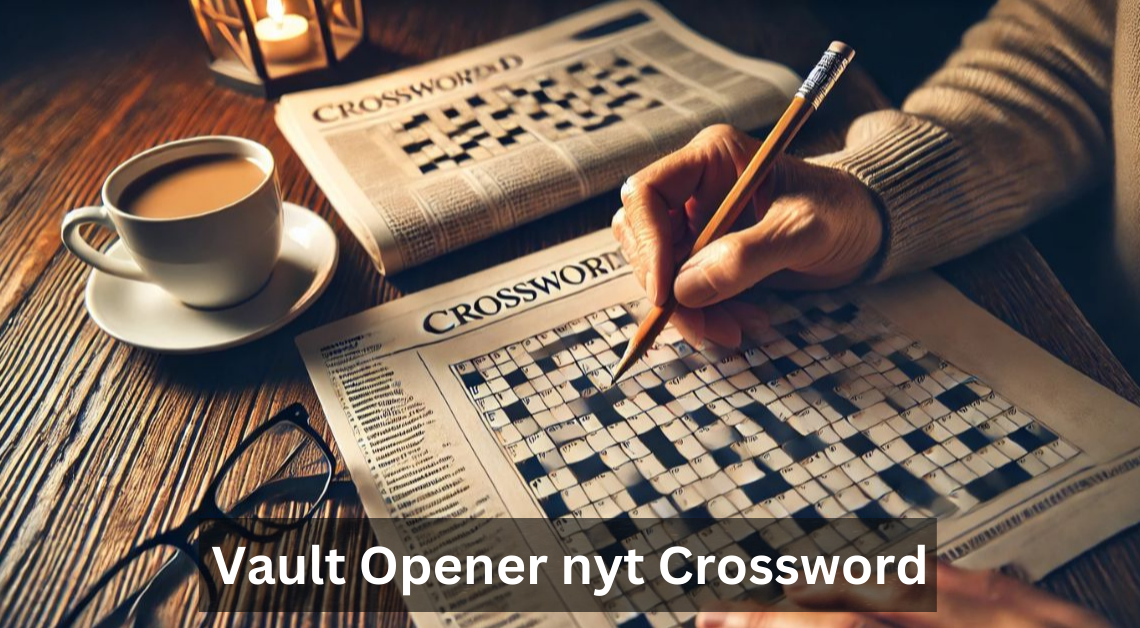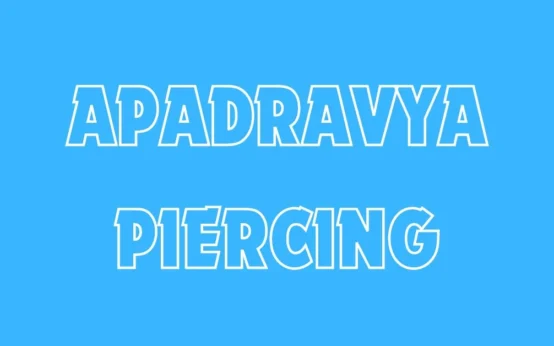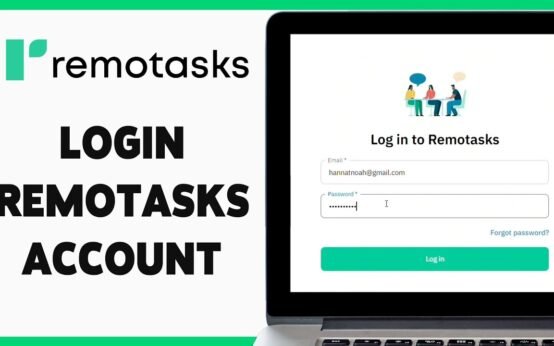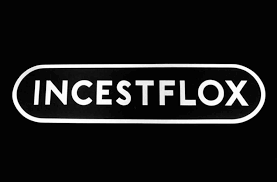The New York Times crossword puzzles are contestable and come with gaps, hints, words, and phrases that the participants will not find easy to sleuth. But there is one jaw-dropping clue that is an absolute fan favorite of die-hard crossword “solvers,” and it’s the “Vault Opener” crossword. The complexity and sophisticated wordplay gave The Vault Opener NYT Crossword a reputation that borders on mythical.
This guide is for you if you have difficulty solving Vault Opener or are simply looking to develop your crossword puzzle-solving prowess. This guide aims to illustrate the distinguishing features of the vault opener puzzle and offers some recommendations from experts that will assist you in mastering the craft. With perseverance and the methods mentioned in this guide, you will quickly solve all tricky answers in no time.
Table of Contents
What Makes the Vault Opener NYT Crossword Unique?
The Challenge of the Vault Opener NYT Crossword
The Vault Opener can be considered a crossword puzzle, but not in the conventional sense. The standard daily NYT crossword features Vault Openers, which are highly complicated, with themes and details that require more than simple creative problem-solving skills. With the perfect blend of complex wordplay, double meanings, and great deception, the Vault Openers are a thrilling challenge for puzzle lovers.
Because of its reputation for being tricky, it attracts some of the most dedicated crossword enthusiasts. Unlike the traditional concept of crossword puzzles, completing The Vault Opener is a form of entertainment and respect to be earned.
Understanding the Puzzle’s Structure
The Vault Opener typically features a larger grid with a unique theme tying all the answers together. The clues themselves often disguise their true meanings through wordplay, homophones, or cultural references. Understanding this format can give you a significant edge in approaching the puzzle.
Here are two key tips:
- Look at the title of the puzzle for hints about the theme.
- Remember that the clues are written to mislead but always have a logical and fair solution.
Essential Tips for Mastering the Vault Opener NYT Crossword
Start with the Easy Clues
Beginning with the easier clues can set a solid foundation. Fill in what you know right away to establish footholds across the grid. This approach will help reveal valuable letters that can unlock trickier answers.
For example, if you’re sure of a few shorter answers or fill-in-the-blank clues, prioritize those first. These early wins build momentum and spark confidence.
Look for Letter Patterns and Common Word Combos
One of the secrets to solving crosswords lies in recognizing patterns. Start paying attention to common word combinations like:
- “TH,” “ER,” and “ING” as suffixes.
- Repeated letter pairings such as “LL” or “SS.”
When you spot these, filling in the gaps and narrowing possibilities becomes much more manageable.
Always cross-check your entries to make sure the intersecting answers also make sense.
Use the Fill-in-the-Blanks to Your Advantage
Fill-in-the-blank clues are often more straightforward than complex wordplay. For example, a clue like “_____ of the Wild (Jack London book)” can easily be deduced as “Call.” Solving these simple entries can unlock multiple letters, in other words, giving you a significant head start.
Advanced Strategies for Conquering the Vault Opener NYT Crossword
Mastering Cryptic Clues in the Vault Opener NYT Crossword
Cryptic clues are a hallmark of the Vault Opener’s difficulty. These clues often contain two parts: a straightforward definition and a wordplay element. The wordplay could involve anagrams, abbreviations, or hidden words within the clue.
Example:
Clue: “Composer with catchy melody rearranged (6)”
Solution process:
- Definition part = “Composer.”
- Wordplay part = “Rearranged catchy melody.”
Answer = “Chopin” (an anagram of “catchy melody”).
Breaking cryptic clues into smaller pieces and analyzing each part separately makes them more approachable.
Decoding Wordplay and Double Meanings
Wordplay and double meanings are frequently used to trick solvers. Here’s how to spot them:
- Homophones: A clue might use a phonetically similar word. The phrase “heard at sea” could clue into the word “sail” (sounds like “sale”).
- Puns: Look for playful reinterpretations, such as “Bank job?” actually meaning “riverbank job,” i.e., “erosion.”
When you learn to recognize these patterns, you’ll find yourself solving clues that once seemed impossible.
Tools and Resources for Vault Opener NYT Crossword Success
Crossword Solving Apps and Websites
While solving crosswords manually can be fun, there’s no harm in using tools to enhance your skills responsibly. Apps like Crossword Solver or WordFinder can offer hints and clues when you’re feeling stuck (just be sure not to depend on them too heavily).
The New York Times also offers a subscription app with built-in hints and puzzle-solving tips for premium features.
Keeping a Crossword Journal
Keep track of standard answers, tricky clues, and successful strategies by maintaining a crossword journal. Over time, you’ll notice recurring themes and patterns that can give you an edge in future puzzles.
Not only will this help you improve, but watching your skill progress is immensely satisfying.
Avoiding Common Mistakes in the Vault Opener NYT Crossword
Overthinking the Clues
It’s easy to fall into the trap of overanalyzing the Vault Opener’s crafty wording. If you are going in circles, step back and reevaluate the clue. Try interpreting it in the simplest terms, as the answer is often less complicated than it seems.
Relying Too Much on Outside Help
While it’s tempting to lean on answer-checking tools or forums, practice is the best way to improve your crossword-solving skills. Challenge yourself to work through puzzles independently as much as possible. Remember, it’s not just about solving the puzzle but sharpening your problem-solving skills.
Keep Practicing to Master the Vault Opener NYT Crossword
After finishing the Vault Opener NYT Crossword, you won’t just have improved your knowledge but also your creativity, dedication, and critical reasoning. Look for patterns and try to outsmart the crossword vocabulary; everything begins with simple clues in this rewarding puzzle.
Continuous practice is key here, but learn something every time you attempt a puzzle. You’ll discover new tools and methods for solving crossword puzzles whenever you tackle the Vault Opener.
What’s the most challenging clue you’ve encountered in a Vault Opener NYT Crossword? Please share it in the comments below. And if you’re looking for more tips and strategies, don’t forget to subscribe to our blog for updates!
With patience and the right mindset, the Vault Opener might become your new favorite puzzle.
Stay Informed: Follow our newsletter for the latest updates and exclusive insights


 What is an Apadravya Piercing? Everything You Need to Know
What is an Apadravya Piercing? Everything You Need to Know  How to Access Your Remotasks Login: A Step-by-Step Guide
How to Access Your Remotasks Login: A Step-by-Step Guide  What Is Incestflox? Understanding This Controversial Trend
What Is Incestflox? Understanding This Controversial Trend  Understanding HCOOCH CH₂ H₂O: Structure and Applications
Understanding HCOOCH CH₂ H₂O: Structure and Applications  Silly Wankok Meaning: Why It’s Trending Everywhere
Silly Wankok Meaning: Why It’s Trending Everywhere  Top Features That Make Blogsternation.com Stand Out
Top Features That Make Blogsternation.com Stand Out